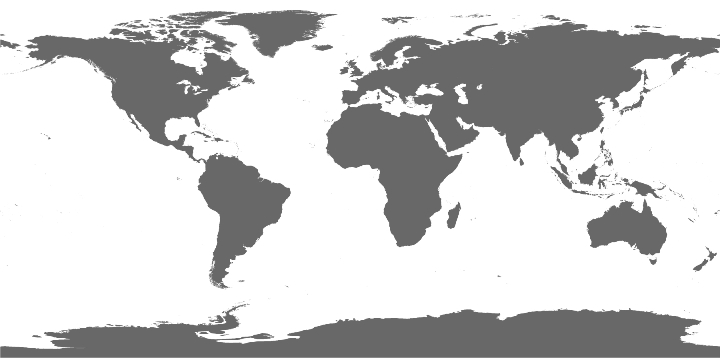Dataset 482
ITEX Qikiqtaruk–Herschel Island, Herschel and Komakuk vegetation plotsk
Realm: Terrestrial
Climate: Polar
Biome: Tundra Central latitude: 69.580000
Central longitude: 138.865000
Duration: 8 years, from 1999 to 2017
Climate: Polar
Biome: Tundra Central latitude: 69.580000
Central longitude: 138.865000
Duration: 8 years, from 1999 to 2017
1670 records
64 distinct species
Across the time series Bryophyta is the most frequently occurring speciesMethods
QikiqtarukHerschel Island is located on the Arctic Coast of the Yukon Territory (69.6° N, ?138.9° E) at the northern extent of tall shrubs and in a zone of ice-rich permafrost (Fig. 2). In the larger western Arctic region, there is evidence for widespread shrub expansion (Tape et al. 2006, Myers-Smith et al. 2011a, Lantz et al. 2013, Moffat et al. 2016). Qikiqtaruk is also located at the mid-Arctic latitudes where shrub vegetation has been found to be especially sensitive to climate (Myers-Smith et al. 2015a); although, the climate sensitivity of shrub radial growth has been observed to be low at this particular site (Myers-Smith et al. 2011b, 2015a). Community composition was measured in two vegetation communities (Fig. 1): the Herschel vegetation type and the Komakuk vegetation type. Community composition was assessed using point-framing methods following the ITEX protocols (Molau and Mølgaard 1996). Twelve plots of 1 m2 (six per vegetation type) were established in 1999 and resurveyed in 2004, 2009, and 20132017. A grid with 100 points at 10-cm spacing was placed over each plot at a height of approximately 50 cm. A metal pin was dropped vertically at each of the 100 grid points; all plant parts that touched the pin were recorded, noting species, plant part (leaf, stem, flower, flower stalk), and tissue status (live or dead). The maximum canopy height at each point and the height of the tall shrub species S. pulchrawere also recorded at every grid point. Soil surface cover was recorded including bare ground, rock, litter, moss, and lichen species. Species counts and bare ground were converted to abundance by calculating the proportion of points at which each species was present. Plant cover was represented using a vegetation cover index calculated by dividing the total number of vegetation hits per plot by the number of points per plot (100), such that a vegetation index of one would represent an average of one hit per sample point."Citation(s)




.
In (Eds.),
(p. ).
:
.
,
(),
.



